When you think of scary animals, creatures like sharks, spiders, and snakes probably top your list. But the animal kingdom is filled with other intimidating creatures that are lesser-known yet equally terrifying. These animals have unique features and behaviors that make them stand out in the wild and might just give you the creeps. So, if you’re ready to discover some of nature’s most unsettling residents, read on. These creatures range from the depths of the ocean to the dense tropical forests, each with its own eerie charm. Buckle up for a journey through the world of some of the planet’s scariest animals you’ve likely never encountered before.
1. The Saiga Antelope, A Living Fossil with a Disturbing Snout
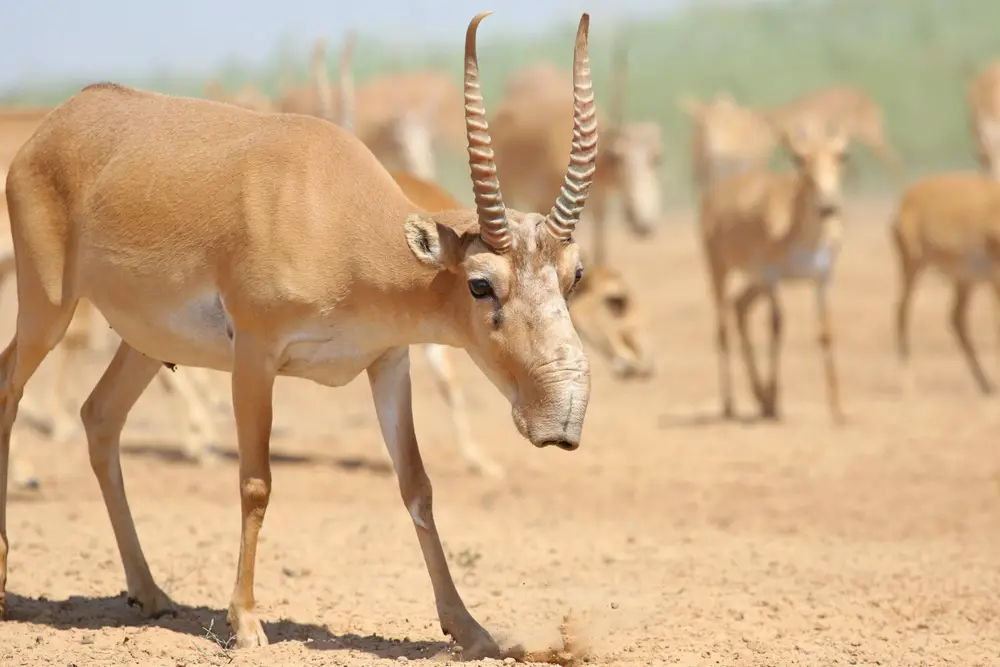
The saiga antelope might not inspire fear at first glance, but closer inspection reveals its bizarre appearance. Found in the steppes of Central Asia, the saiga is known for its large, floppy nose that looks more like something out of a sci-fi novel. This nose isn’t just for show—it helps filter out dust from the dry plains and regulate body temperature. The saiga’s odd appearance and mysterious habits have made it a fascinating subject for scientists. However, according to a study from the BBC, they’ve faced dramatic population declines due to disease and poaching.
In the 1990s, the saiga population fell by more than 95%, making them critically endangered. Efforts to conserve their natural habitat and crack down on illegal hunting are underway. Despite these challenges, the saiga has proven to be a resilient species. Their story is a testament to nature’s ability to adapt and survive against the odds. While the saiga’s appearance might be unsettling to some, it represents an ancient lineage, having roamed the Earth since the Ice Age. Next time you see a picture of one, remember that this peculiar creature is a symbol of endurance and hope.
2. The Aye-Aye, Madagascar’s Spooky Nocturnal Primate
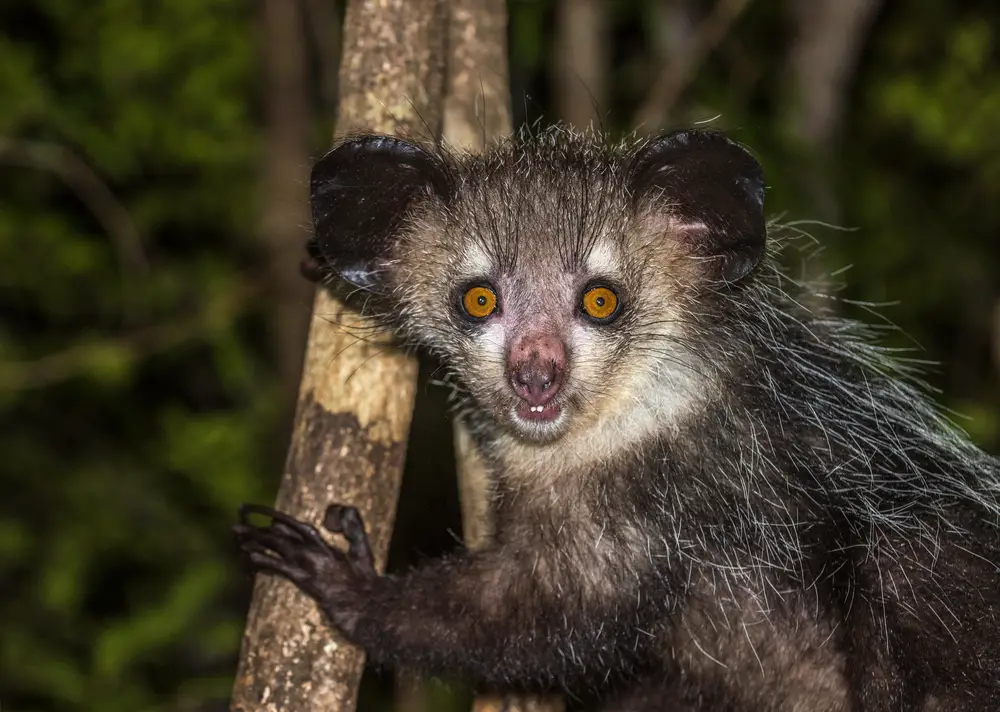
The aye-aye might look like a creature straight out of a horror film, but it’s actually a type of lemur found in Madagascar. With its large, piercing eyes and long, skeletal middle finger, this nocturnal primate is built to hunt in the dark. The aye-aye uses its elongated finger to tap on trees and locate insect larvae, which it then extracts with precision. According to a source from National Geographic, the aye-aye is often misunderstood and feared by locals who associate it with bad luck. Its unusual appearance makes it seem otherworldly, adding an element of the unknown that many find unnerving.
Despite its eerie look, the aye-aye plays an important role in its ecosystem. It helps control insect populations and spreads seeds as it travels through the forest. Unfortunately, due to habitat destruction and superstitious beliefs, the aye-aye faces threats from humans. Conservation efforts are in place to protect these unique creatures and their habitats. So, while the aye-aye might not be the cuddliest of animals, it’s an essential part of the biodiversity puzzle in Madagascar. Next time you hear something rustling in the trees at night, it might just be this quirky little primate on the prowl.
3. The Gharial, the Crocodilian with a Toothsome Smile
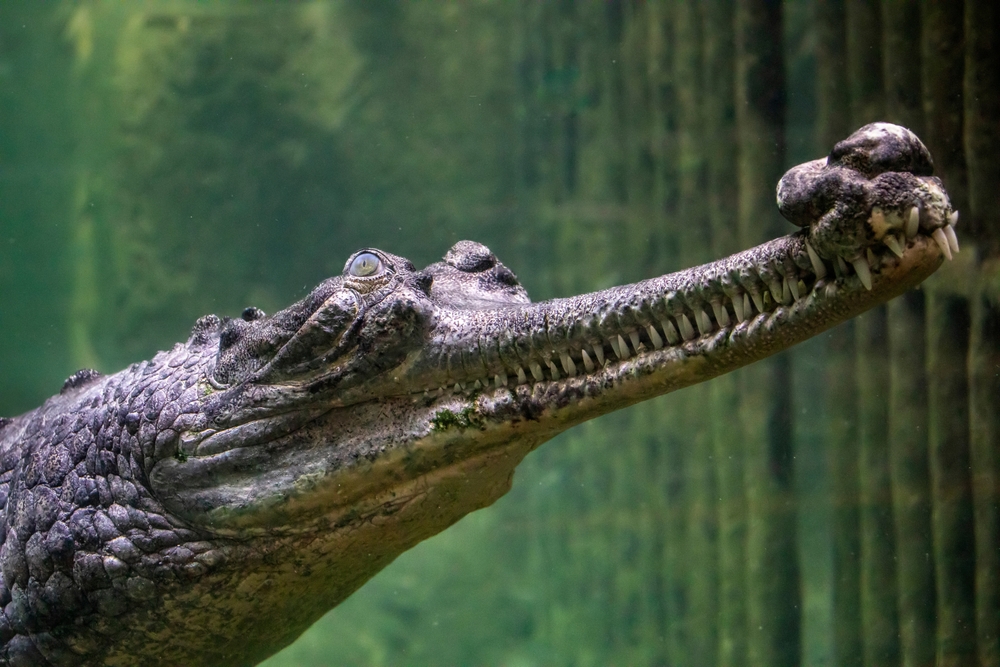
With its long, thin snout lined with sharp teeth, the gharial might be the last thing you’d want to encounter in the water. Native to the river systems of the Indian subcontinent, this crocodilian is specially adapted to catch fish with its needle-like teeth. The gharial’s unique appearance makes it stand out from other crocodilian species, and its snout is particularly elongated, resembling a swordfish.
Pollution, fishing nets, and habitat loss have all contributed to the decline of this ancient species. Conservationists are working to protect the remaining populations and their habitats to ensure the gharial doesn’t vanish from our rivers. Despite its fearsome appearance, the gharial is shy and generally poses no threat to humans. Its presence is vital for maintaining healthy river ecosystems, as it controls fish populations and contributes to biodiversity. So, while its toothy grin might send shivers down your spine, the gharial plays a crucial role in the natural world, deserving our admiration and protection.
4. The Star-Nosed Mole, Nature’s Creepiest Little Digger
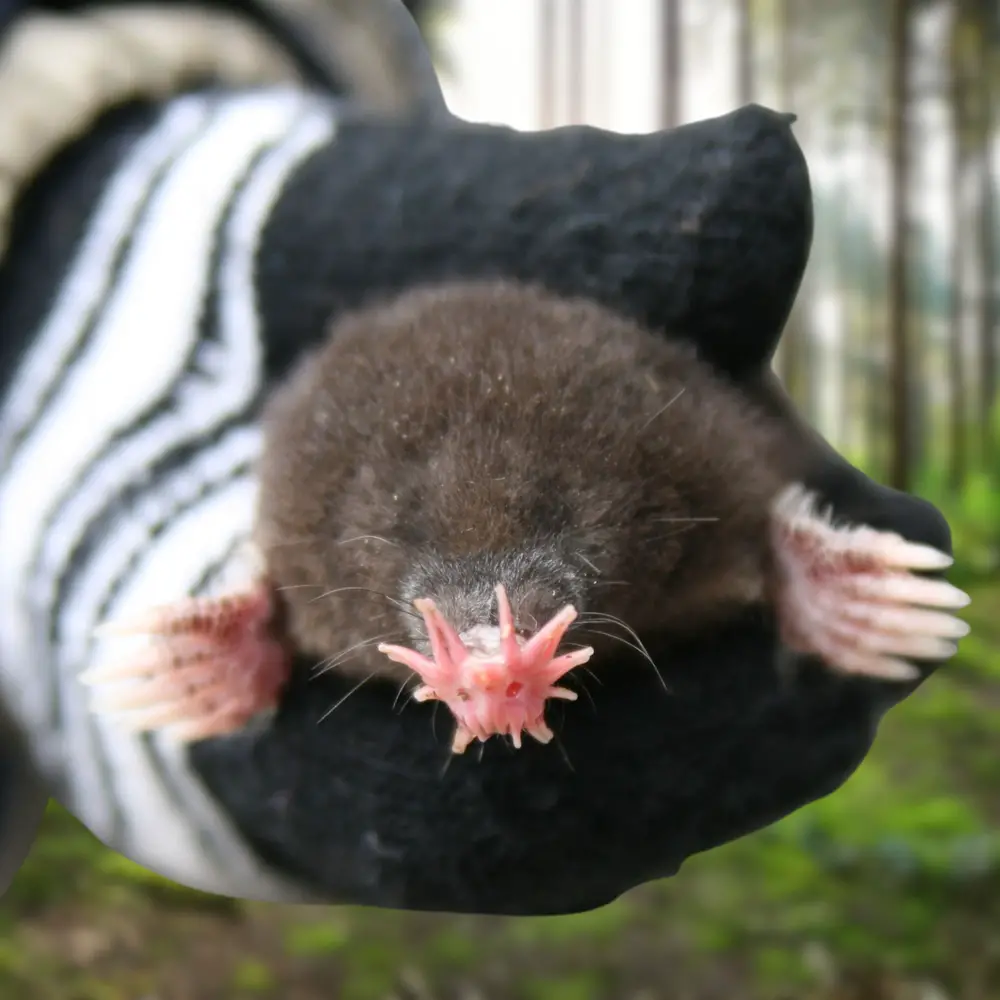
The star-nosed mole looks like it crawled out from the pages of a fantasy novel, with its bizarre appearance more akin to a mythical creature than a real animal. Found in the wetlands of North America, this small mammal is best known for its striking nose, which resembles a pink, fleshy star. The mole uses this sensitive appendage to detect and capture prey underground, boasting a lightning-fast reaction time. Each of the mole’s 22 nose tentacles is covered in thousands of sensory receptors, making it one of the most acute tactile organs in the animal kingdom.
Despite its creepy looks, the star-nosed mole is harmless to humans. Its specialized adaptations make it an efficient hunter, gobbling up worms and insects at an incredible speed. This little digger is a testament to the wonders of evolution and adaptation. While it may not win any beauty contests, the star-nosed mole is a fascinating example of how animals evolve to thrive in their unique environments. Its peculiar appearance often evokes a sense of wonder mixed with slight unease, reminding us that beauty is in the eye of the beholder—and sometimes, in the nose.
5. The Goblin Shark, the Ocean’s Deep-Sea Nightmare
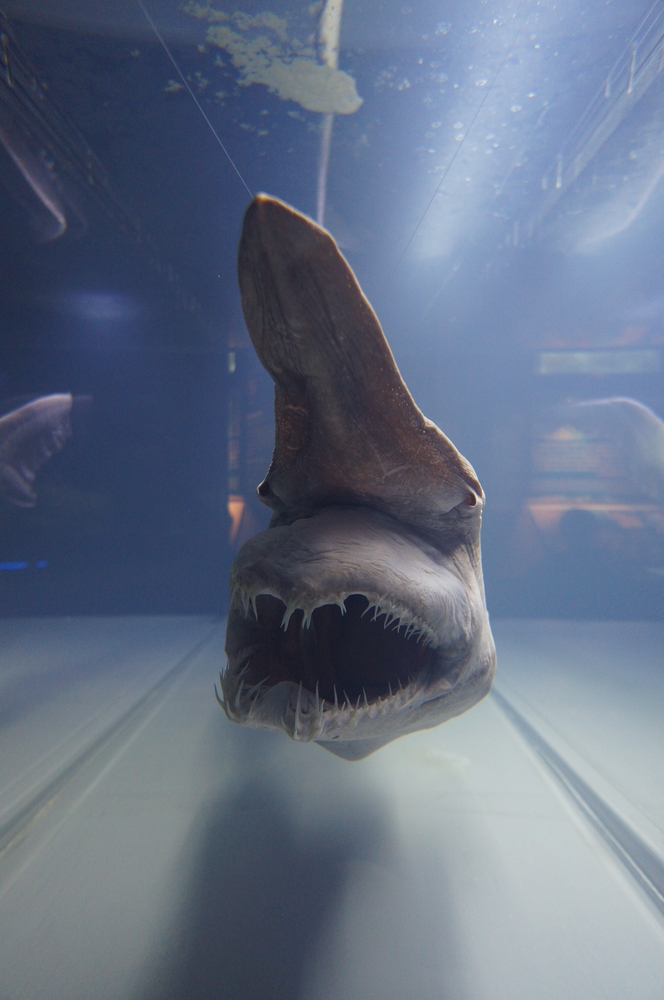
The goblin shark is the stuff of nightmares, lurking in the deep, dark depths of the ocean where few dare to venture. Known for its protruding jaws and eerie, translucent skin, this elusive predator resembles something out of a horror movie. The goblin shark’s most unsettling feature is its ability to extend its jaws far from its face to snatch prey. This rare species is often called a “living fossil” because it has changed very little over millions of years.
Living in deep waters off the coast of Japan and other parts of the world, the goblin shark is seldom seen by humans. Its ghostly appearance and strange anatomy make it one of the ocean’s most frightening creatures. However, it’s important to remember that the goblin shark poses no threat to humans, spending its life in the ocean’s inky depths. These sharks are a crucial part of the deep-sea ecosystem, playing their role as apex predators. While their appearance may be alarming, they serve as a reminder of the unexplored mysteries lurking beneath the waves.
6. The Giant Isopod, a Deep-Sea Armored Giant

If you’ve ever seen a giant isopod, you might think you’ve discovered an alien life form. These crustaceans are distant relatives of the common pillbug, but they are much larger, often growing up to 14 inches long. Found in the cold, deep waters of the Atlantic, Pacific, and Indian Oceans, giant isopods are scavengers that feast on dead marine animals. Their armored exoskeleton and numerous legs give them an eerie, prehistoric look that is equal parts fascinating and unsettling.
Despite their daunting appearance, giant isopods are harmless to humans and play a crucial role in the ocean’s ecosystem. As deep-sea scavengers, they help keep the ocean clean by consuming carcasses that sink to the seabed. Their ability to survive in such an extreme environment is a testament to the adaptability of life on Earth. While they may give you the creeps, giant isopods are a reminder of the vast and unexplored wonders that lie beneath the ocean’s surface. They illustrate that even the most intimidating creatures have their place in the delicate balance of nature.
7. The Candiru Fish, the Parasitic Terror of the Amazon
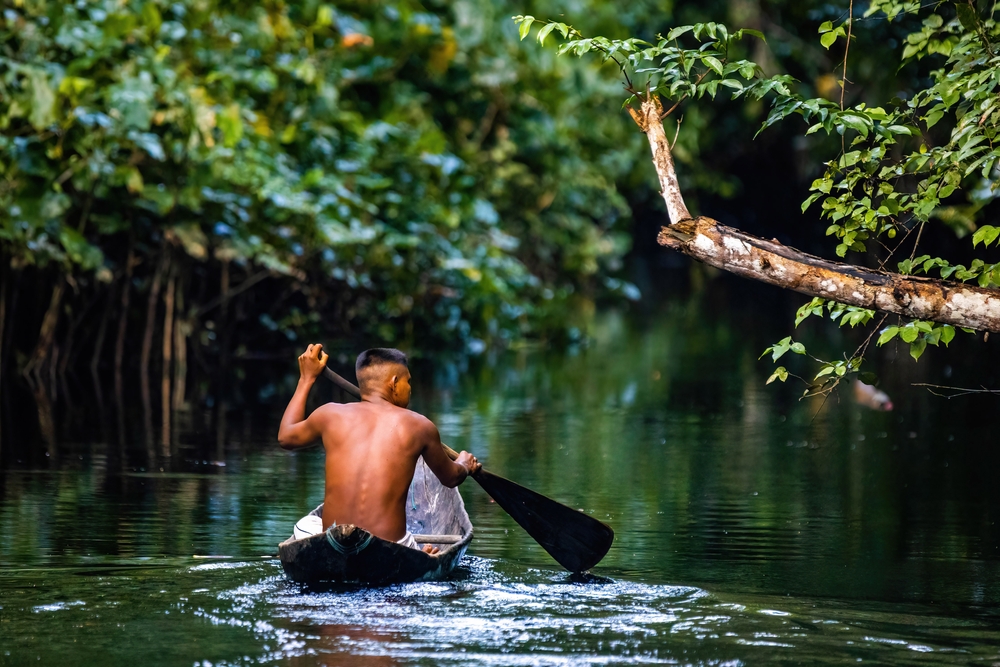
The candiru fish has earned a fearsome reputation among those who venture into the waters of the Amazon River. This tiny, parasitic catfish is notorious for its alleged ability to invade human orifices, particularly the urethra, though such cases are extremely rare. Despite its small size, the candiru strikes fear into the hearts of many due to its gruesome feeding habits, primarily anchoring itself inside the gills of larger fish. The candiru uses its sharp spines to lodge itself in place, feeding on blood and tissue to survive.
While the tales of the candiru’s human encounters are largely exaggerated, they have contributed to its fearsome status. In reality, the fish poses little threat to people, preferring the gills of fish to human hosts. Its eerie reputation highlights the often misunderstood and exaggerated stories that surround many creatures of the natural world. For locals and scientists, the candiru is more a subject of folklore and curiosity than a true menace. Nonetheless, this little fish epitomizes the strange and sometimes terrifying biodiversity found in the Amazon rainforest.
8. The Lamprey, Nature’s Ancient Bloodsucker
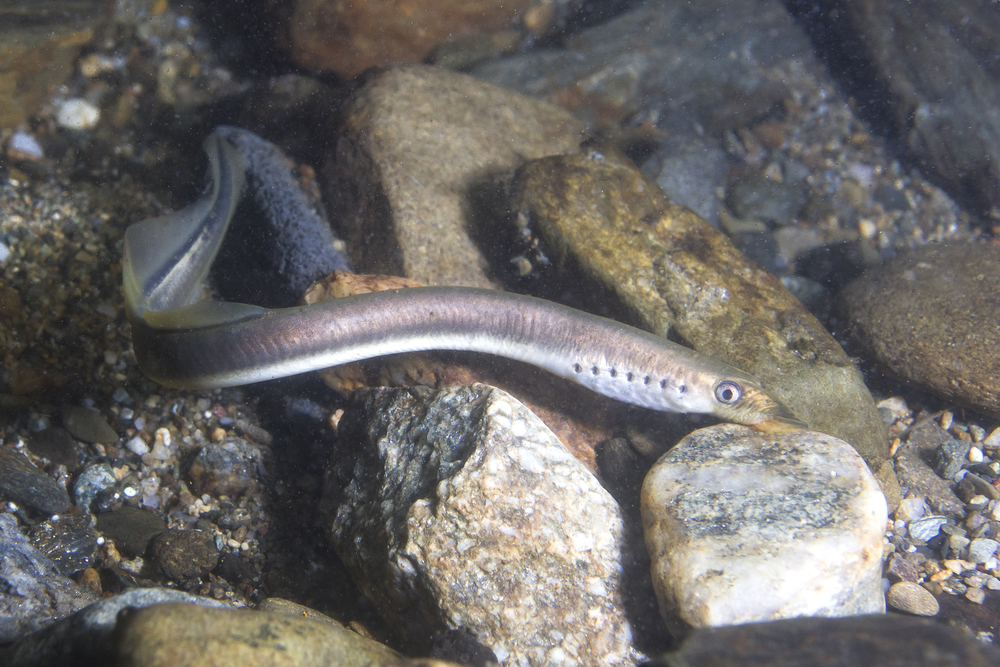
Lampreys are often compared to vampires due to their parasitic lifestyle and unsettling appearance. These jawless fish have tooth-lined, suction-cup mouths that they use to latch onto other fish and suck their blood. Found in both salt and freshwater environments, lampreys have been around for over 360 million years, making them one of the oldest vertebrate lineages on Earth. Their eel-like bodies and rows of sharp teeth make them a chilling sight for anyone who encounters them.
Despite their fearsome reputation, lampreys play a vital role in their ecosystems. They help control fish populations and serve as prey for larger predators. Additionally, not all lamprey species are parasitic; some do not feed after reaching adulthood. Conservation efforts are focused on maintaining the balance of lamprey populations in their native habitats, as some species have become endangered due to habitat loss and pollution. Understanding and respecting their ecological role can help dispel some of the myths surrounding these ancient bloodsuckers.
9. The Assassin Bug, the Insect World’s Stealthy Killer
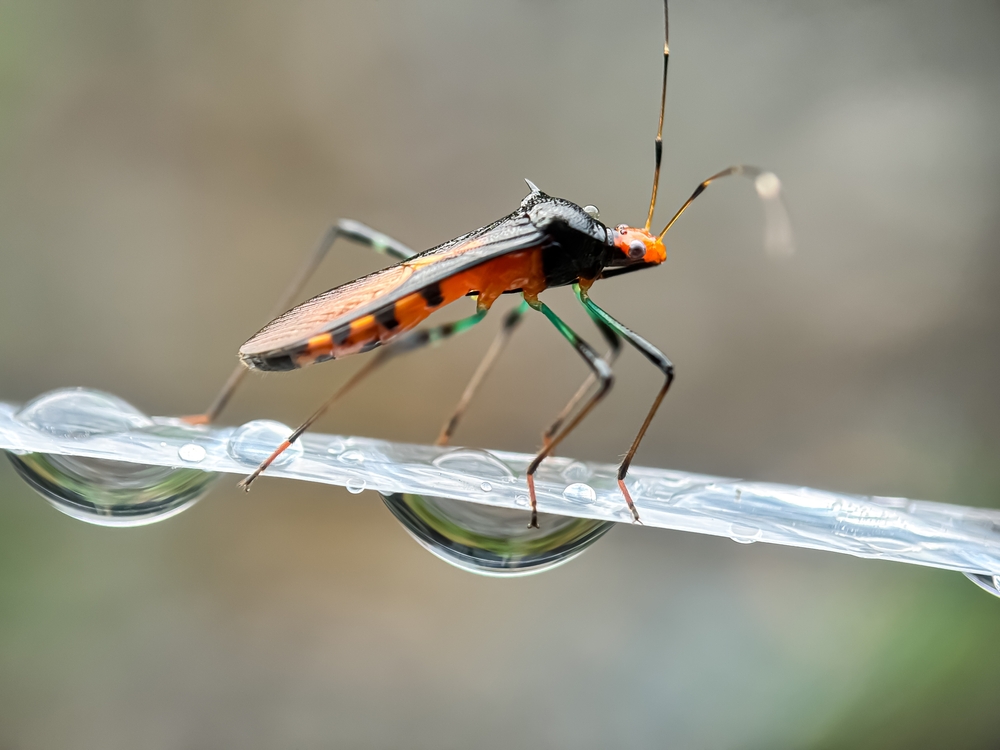
The assassin bug lives up to its name with its stealthy hunting tactics and lethal strike. Found worldwide, these predatory insects are known for their ability to ambush and kill prey with precision. They have a specialized mouthpart called a rostrum that they use to inject venom into their prey, liquefying their insides for easy consumption. This gruesome feeding method has earned them a fearsome reputation among entomologists and insect enthusiasts alike.
Despite their intimidating name and appearance, assassin bugs are beneficial to humans. They help control pest populations by preying on insects that would otherwise harm crops. However, some species are known carriers of Chagas disease, posing a health risk in certain regions. While they might not be a creature you’d want crawling around your home, assassin bugs play a vital role in maintaining ecological balance. Their lethal skills and adaptability make them one of nature’s most effective predators, highlighting the complexity and intricacy of the natural world.
10. The Deep-Sea Anglerfish, the Ocean’s Lurking Predator
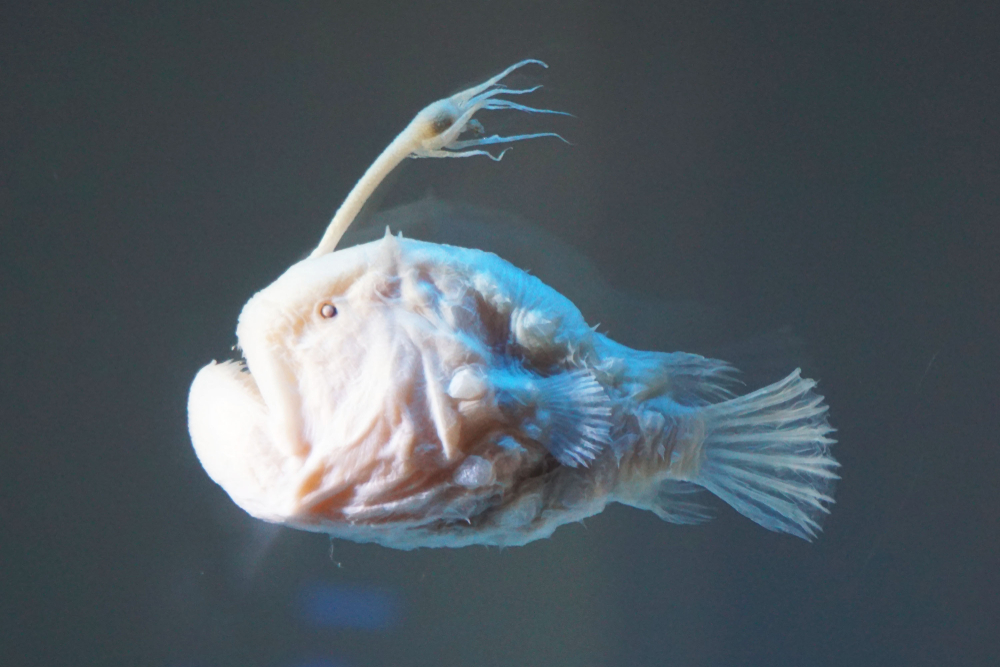
The deep-sea anglerfish is a master of deception, lurking in the pitch-black depths of the ocean with its signature bioluminescent lure. This eerie fish has evolved to thrive in one of the most hostile environments on Earth, using its glowing appendage to attract unsuspecting prey. The anglerfish’s grotesque appearance is accentuated by its enormous mouth, filled with sharp, translucent teeth. Its ability to swallow prey nearly twice its size cements its status as one of the ocean’s most fearsome predators.
Despite its terrifying appearance, the anglerfish is an essential part of the ocean’s food chain. Its bioluminescent lure is a marvel of evolution, showcasing the incredible adaptations some creatures have developed to survive in the deep sea. While they pose no threat to humans, anglerfish serve as a reminder of the mysteries that lie beneath the ocean’s surface. The deep-sea environment remains largely unexplored, making creatures like the anglerfish both intriguing and unnerving. Their existence challenges our understanding of life and its ability to adapt to extreme conditions.
11. The Goliath Tigerfish, the African River’s Fearsome Predator
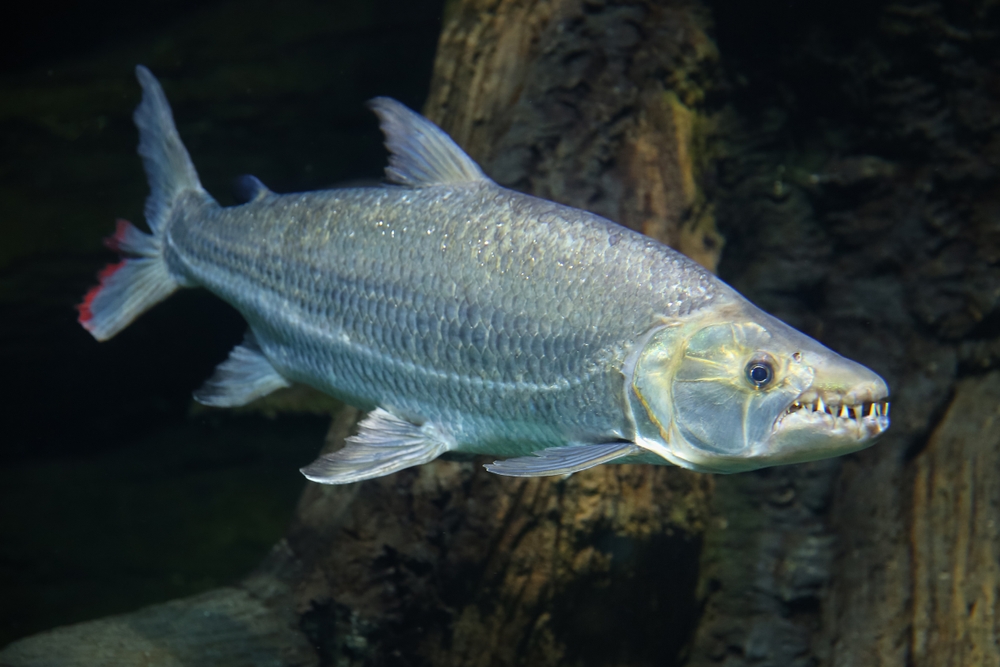
The Goliath tigerfish is a formidable predator found in the Congo River Basin and Lake Tanganyika in Africa. Known for its razor-sharp teeth and muscular build, this fish is often compared to the infamous piranha, though it is much larger and more aggressive. Anglers and locals alike have recounted tales of the tigerfish’s ferocity and strength, making it a sought-after yet intimidating catch. Its powerful jaws and relentless hunting tactics make it one of the most feared freshwater fish in the world.
Despite its fearsome reputation, the Goliath tigerfish plays an important role in its ecosystem. As an apex predator, it helps regulate fish populations, maintaining the balance of its aquatic environment. While encounters with humans are rare, the tigerfish’s presence highlights the rich biodiversity found in African river systems. Conservation efforts are essential to protect these habitats, ensuring the survival of this incredible predator. The Goliath tigerfish serves as a symbol of the untamed wild, embodying both the beauty and brutality of nature.
12. The Tasmanian Devil, the Ferocious Marsupial of Australia
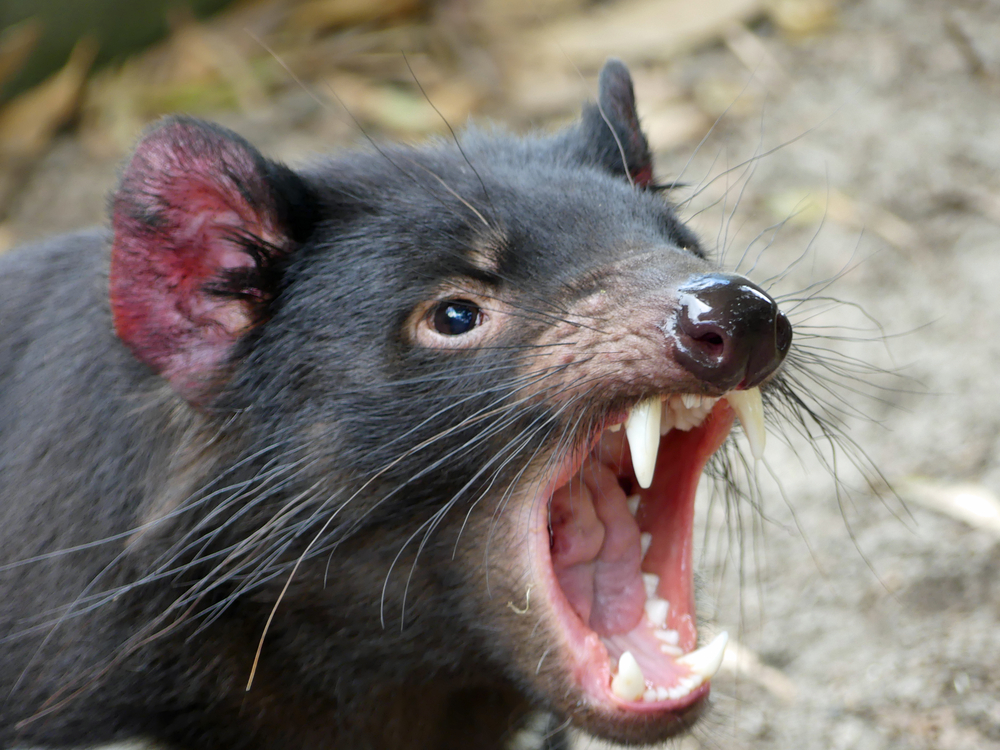
The Tasmanian devil might seem more mischievous than menacing, but its fearsome growl and powerful bite are enough to send shivers down anyone’s spine. Native to the island state of Tasmania, this carnivorous marsupial is known for its aggressive behavior and voracious appetite. The devil’s sharp teeth and muscular build allow it to consume every part of its prey, including bones and fur. While its reputation as a fierce predator is well-earned, the Tasmanian devil plays a vital role in its ecosystem by controlling the population of other animals.
Unfortunately, Tasmanian devils are facing a major threat in the form of a contagious cancer known as Devil Facial Tumor Disease (DFTD). This disease has decimated the population, leading to extensive conservation efforts to protect and study this unique species. Despite their daunting demeanor, Tasmanian devils are an essential part of Australia’s biodiversity. Efforts to save them from extinction highlight the importance of preserving wildlife and their habitats. While they may be intimidating, these creatures are a testament to the incredible diversity and adaptability of life on Earth.
13. The Velvet Worm, the Ambush Predator with a Sticky Surprise
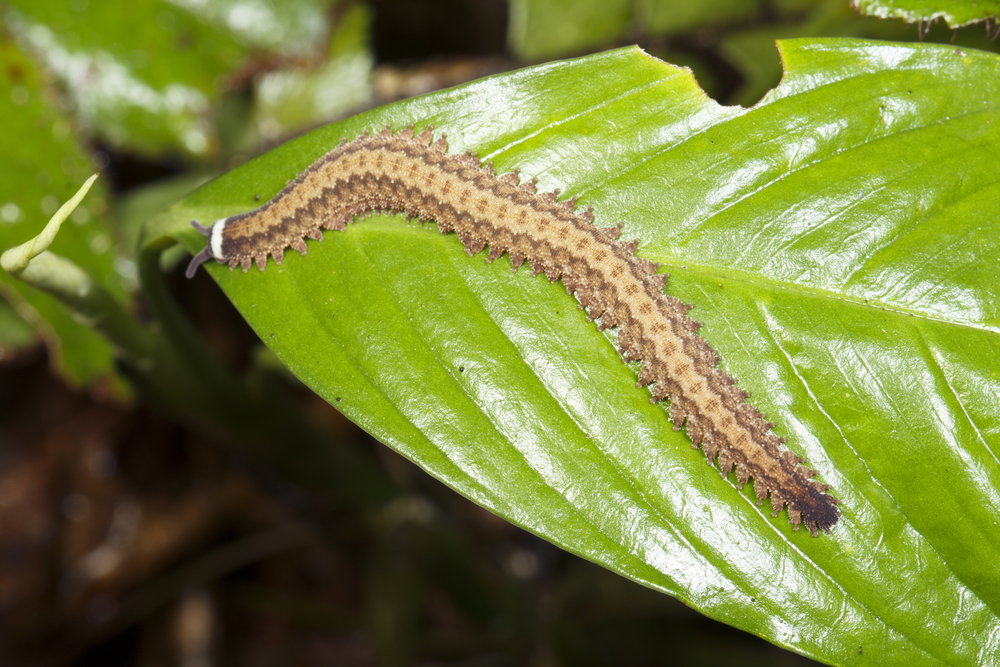
The velvet worm may not look particularly fearsome at first glance, but its hunting method is nothing short of terrifying. Found in tropical and temperate forests, this soft-bodied invertebrate has a unique way of capturing prey. It sprays a sticky, glue-like substance from its mouth to immobilize its target, then leisurely devours it at its own pace. This method of hunting is both efficient and gruesome, earning the velvet worm a place among nature’s most unusual predators.
Despite its unsettling feeding habits, the velvet worm is an important part of its ecosystem. It helps control insect populations and contributes to the decomposition of organic matter. The velvet worm’s biology also offers valuable insights for scientists studying the evolution of arthropods. While it might give you the creeps, the velvet worm is a prime example of nature’s ingenuity and adaptability. Its presence in the wild reminds us of the countless wonders and peculiarities to be discovered in the animal kingdom.
